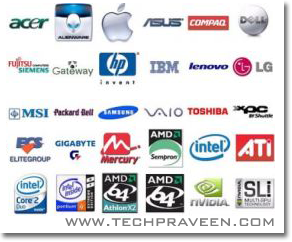Seandainya hatimu adalah sebuah system, maka aku akan scan anda untuk mengetahui port mana yang terbuka Sehingga tidak ada keraguan saat aku c: \> nc-l-o-v-e ke hatimu, tapi aku hanya berani ping di belakang anonymouse proxy, inikah rasanya jatuh cinta sehingga membuatku seperti yang kalah atau aku memang pecundang sejati whatever!
Seandainya hatimu adalah sebuah system,
ingin rasanya aku manfaatkan vulnerabilitiesmu, guna PHP injection Terus aku ls-la; find /-perm 777-type d, sehingga aku tau kalo di hatimu ada folder yang boleh ditulisi atau adakah free space buat aku?. apa aku harus pasang backdor "Remote Connect-Back Shell" jadi aku tinggal nunggu Sambungan dari kamu saja, biar aku tidak merana seperti ini.
Seandainya hatimu adalah sebuah system,
saat semua request-ku diterima aku akan nogkrong terus di bugtraq untuk mengetahui bug terbarumu maka aku akan patch n pacth terus, aku akan jaga service-mu jangan sampai crash n aku akan menjadi firewallmu aku akan pasang portsentry, dan menyeting error pagemu "The page cannot be found Coz Has Been Owned by Someone get out! "aku janji tidak ada malicious program atau service yang hidden, kerana aku sangat sayang dan mencintaimu.
Seandainya hatimu adalah sebuah system,
jangan ada kata "You dont have permission to access it" untuk aku, kalau tdk mau di ping flood Atau DDos Attack jangan ah ....! kamu harus menjadi sang bidadari penyelamatku.
Seandainya hatimu adalah sebuah system, ...?
Tapi sayang hatimu bukanlah sebuah system,
kamu adalah sang bidadari impianku, yang telah mengacaukan systemku!
Suatu saat nanti aku akan datang n mengatakan kalau di hatiku sudah dijangkiti virus yang Menghanyutkan, tak ada anti virus yang boleh menangkalnya selain ... kamu!!
sy copy dari kwn indon sy..jd ada ayat yg sy x pandai translate...lol!








